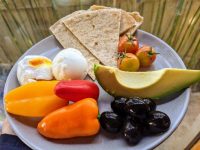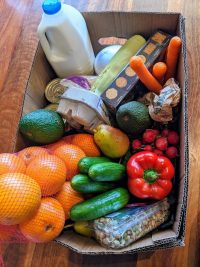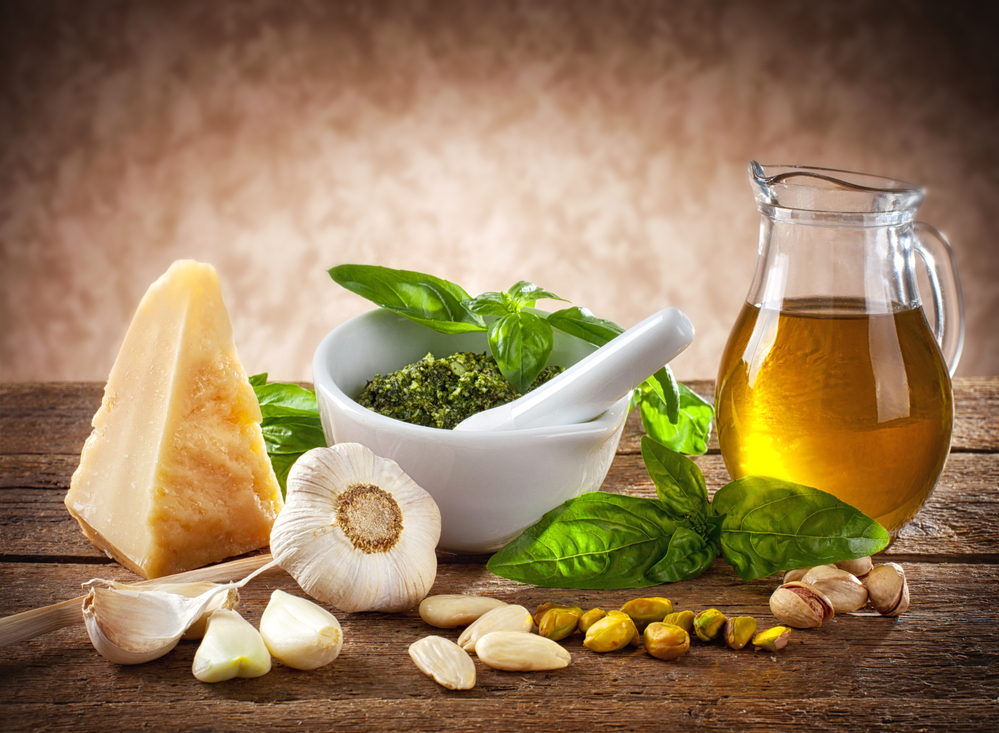By Sarah Smith from Bayside Dietetics
FB Bayside Dietetics Twitter #BaysideDietetic Instagram @baysidedietetics
There is a video that is readily available on YouTube and it lasts 3:39. The video is taken by a small camera inserted into man’s gut and shows you a live infestation of tapeworms. It isn’t for the squeamish. The man in the video deliberately infected himself with the tapeworms. Yep. He did it in an effort to understand more about them, and probably also to help the public engage with the issue too. The man is Dr Michael Mosley and most of us have seen him from a different camera angle. He is a very watchable television presenter who is arguably most famous for popularising fasting in 2012 that led to the development of the 5:2 diet.
As well has The Fast Diet, Michael has created the fast 800 calorie diet, the clever guts diet and the 8 week blood sugar diet. I am not here to analyse Michael himself but this range of books from a single author illustrates why it’s so confusing to know how to eat. Each book has a totally different message and strategy for how to eat well.
However, in his latest book, “fast asleep” Michael changes tact and talks about a long-standing way of eating, known as Mediterranean-style eating. For Michael, the context is to say that this way of eating helps reduce inflammation in the body and this helps get a better night sleep.
The Mediterranean style of eating is not new and in fact is officially recognised by UNESCO as the longstanding eating habits of people of Italy, Greece, Spain and Morocco[1]. It is based on vegetables, fruit, legumes, wholegrains, nuts and oils with smaller amounts of fish, chicken and even less red meat and dairy. It can be done in a huge variety of ways, simply using the ratio of foods I just mentioned.
When you compare that to what we know about how we eat in Australia, in the Mediterranean style of eating there is a lot more vegetables, fish and legumes, and a lot less processed foods[2]. So for many people in Australia, taking a few steps towards a Mediterranean style of eating will help them be healthier.
If you like the sound of the Mediterranean-style of eating here are some meal and food ideas that will help you embrace it. I recommend using these ideas for inspiration, rather than trying to follow a “strict” Mediterranean diet, especially as there isn’t really such a thing.
Vegetables
The Mediterranean diet is based on vegetables. There are heaps of references I can include here to back up this dietary gem. Here are some ideas to increase your vegetables:
- A breakfast tapas plate. Just what it sounds like. Get a plate and put on it some of your favourite breakfast foods, including vegetables. For example: a boiled egg, a slice of toast, sliced cucumbers and tomatoes. Another plate might include fresh bread, hommus, olives and avocado.

Image: A breakfast tapas plate that includes plenty of vegetables.
- There are amazing salads around these days and you can try a mini one as a snack. Include all the yummy bits to make it enjoyable. For example, iceberg lettuce, fetta and walnuts. Or spinach, dried cranberries, onion and almond slithers.
- In Spain, this mini salad is often consumed prior to the main meal at dinner.
- Prepare them! Are you more likely to eat carrot sticks with your dip than crackers if they are already cut up and ready to go when you are feeling peckish?
Legumes
Legumes include anything from tinned lentils and chick peas to soaked beans and packets of split peas. Here are a couple of ways to add to your day:
- Mix your favourite into the bolognaise sauce when you make lasagne. Lentils work particularly well with mince. Here is a picture of lentils and zucchini added to a sausage roll mixture.

Image: Lentils, pine nuts and grated zucchini “snuck” into sausage roll mixture.
- Instead of deli meat in a sandwich try a legume filling such as hommus or felafel balls.
- Winter soups are perfect for your favourite legume. Don’t worry if the recipe calls for it or not – you can just get creative with adding legumes to soups.
Nuts and oils
These ingredients bring healthy fats into your eating and may be a key reason why the Mediterranean diet works.
- Add nuts such as macadamias and walnuts to bring crunch to dinners such as salad or risotto.
- Use nuts (and legumes as mentioned earlier) to fill out burger mixtures so you consume less meat. Pine nuts or a nut meal (e.g. almond meal) might go well here.
- Use an olive-oil based dressing with vinegar to dress salads rather than a creamy version.
- Drizzle your meals with olive oil to bring out the flavour, rather than adding tomato sauce.
Fruit
Local and seasonal fruit will help you find fruit that is both enjoyable and nutritious.
- Freshen up your snacks with some sliced fruit added to the plate. For example, a muesli bar that has been sliced into 4 and sits alongside a sliced peach can turn a boring snack into one that is appealing because it has different colours, flavours and textures.
- Add sliced apple or pear to a rocket salad.
- Pre-slice fruit and put on the table to finish a meal.
Wholegrains
Mediterranean eating uses wholegrains such as rice, quinoa, barley, oats more often than a processed alternative such as rice crackers, Cheeseymite scrolls, dry biscuits and processed breakfast cereals.
Fish
Fish is much more abundant in the Mediterranean diet than in the Australian diet[3]. Fish can be great simply grilled as the main feature at dinner but here are a couple of ideas that might suit a different style of eating:
- Salmon flakes in your next pasta sauce.

Image: salmon flakes and vegetables added to a regular carbonara pasta recipe
- Fish tacos. Choose a firm white fish.
- Homemade fish nuggets instead of chicken nuggets.
I have never found a great resource to help people with Mediterranean eating in detail but I also think that leaves everyone to do it their own way. Focus on getting your diet to be more plant-based and try and reduced processed foods and that is a great start.
As a final thought I’ve taken a photo of a shopping cart that has much closer ratios to Mediterranean-style eating than the typical Australian diet. Compare it to your shopping cart to help you identify your next step.

As they say in Italy…Buon Appetito!
[1] UNESCO 2010 http://www.unesco.org/archives/multimedia/document-1680-eng-2
[2] Australian Health Survey 2011-2012 https://www.aihw.gov.au/reports-data/behaviours-risk-factors/food-nutrition/data-sources
[3] Australian Health Survey 2011-2012 https://www.aihw.gov.au/reports-data/behaviours-risk-factors/food-nutrition/data-sources
You may also like to read:









